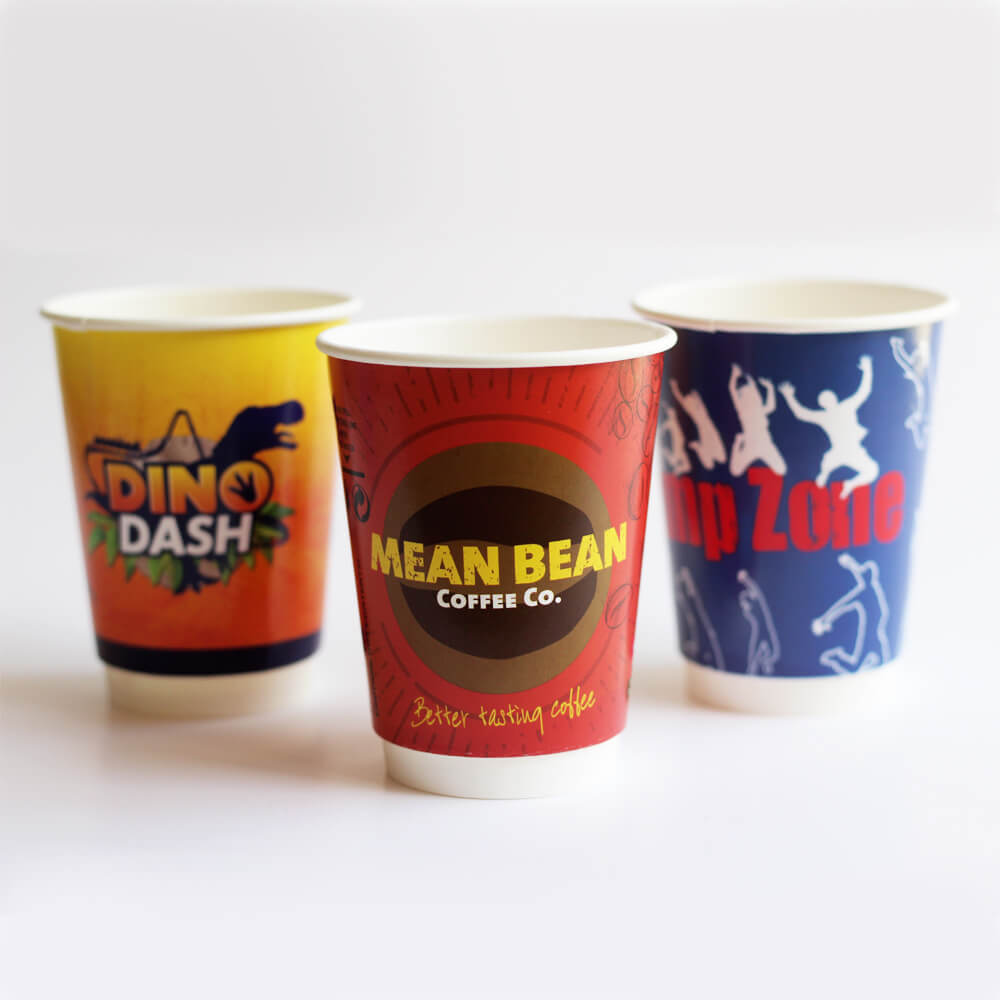The Evolution of Toilet Paper A Critical Staple in Modern Life
Toilet paper, a seemingly mundane household item, plays a crucial role in our daily hygiene and comfort. Its history, development, and societal implications highlight the importance of this soft necessity in modern life.
The origins of toilet paper can be traced back to ancient civilizations. The Chinese, as early as the 6th century AD, are believed to have used paper for personal hygiene. However, it wasn’t until the 14th century that toilet paper began to be mass-produced. Originally, people relied on various materials such as leaves, grass, stones, and even wool, where comfort and convenience were not as prioritized as practicality.
In 1857, Joseph C. Gayetty introduced the first commercially available toilet paper in the United States, which was marketed as Gayetty's Medicinal Paper. It was sold in sheets and infused with aloe for a soothing effect. This marked the beginning of toilet paper as we know it today—soft, absorbent, and easy to use. The advent of perforated rolls in the late 19th century revolutionized its accessibility and convenience, setting a new standard for personal care.
toilet paper

Today, the toilet paper industry is a multi-billion dollar market, with various brands competing for consumer attention. From single-ply to ultra-soft, scented to biodegradable options, the choices available reflect our evolving preferences and growing awareness of environmental impacts. The rise of eco-friendly alternatives has prompted many manufacturers to innovate, using recycled materials and sustainable practices to appeal to an increasingly environmentally conscious public.
Moreover, the COVID-19 pandemic revealed the cultural significance of toilet paper. Panic buying and shortages led to a frenzy that sparked memes, debates, and even a new understanding of supply chain management. What was once seen as a trivial item became a symbol of security and normalcy in uncertain times.
As we navigate the complexities of modern life, toilet paper remains a fundamental aspect of our daily routines. Its evolution from a basic necessity to a versatile product underscores not only advancements in hygiene but also changes in consumer behavior and societal values. Whether through humor or practicality, toilet paper continues to hold a significant place in our lives, reminding us of the essential elements that contribute to our comfort and well-being.



